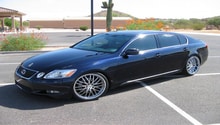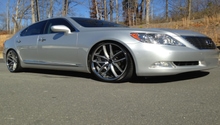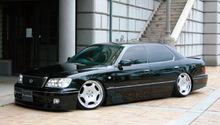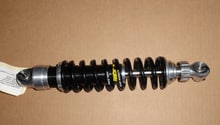Lexus IS: Why is My Suspension Bouncy?
Here are some potential causes for a bouncy ride in the Lexus IS.
This article applies to the Lexus IS (2005-2013).
Lexus has both stiff and luxury suspensions depending on the package. If the car is too bouncy, it could sacrifice both comfort and safety. Here are a few things to check if the car feels bouncy.

Materials Needed
- Air Pressure Gauge
- Tire Bleeder
- Socket Set
Step 1 - Inspect the coil springs
They might be damaged or still have the retainer clip installed.
New cars are shipping with retainer clips on the coil springs to prevent the cars from bouncing around and potentially getting damaged during transport. Normally these are removed once the car hits the dealership, but mistakes happen and things get missed. If your car has had a poor ride from the factory, I'd recommend just taking a few minutes to double check that all the retainer clips have been removed.
If the car is older and the bouncy ride is recently developed, you'll want to inspect the springs for any broken or damaged coils. A broken coil will stiffen the spring causing the ride to be worse. You'll need to replace any broken springs that are found and I suggest replacing the spring on the opposite side of the car as well to keep the condition of the pairs matching.
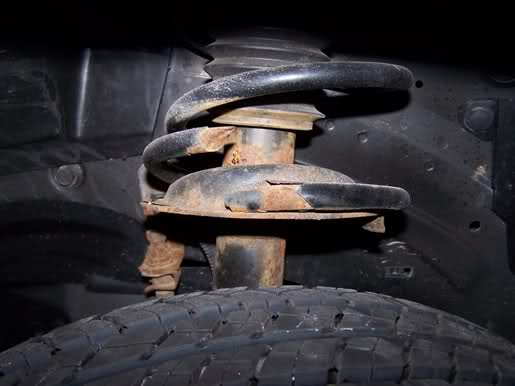
Step 2 - Check the tires' pressure
They may be over inflated.
In addition to the struts on the car that help absorb the road, your tires play a major part as well. If the tires are over inflated, they can drastically decrease the ride quality. In the door jamb of the car, you should find a sticker from the factory with the recommend air pressure for the factory tire size on your car, however, if you've changed tire size you may need to do some trail and error. Dropping the tire PSI around 5-10 can make a noticeable difference but you need to be cautious if you have low-pro tires, as it can cause the bead to unseat from the wheel if you go too low.
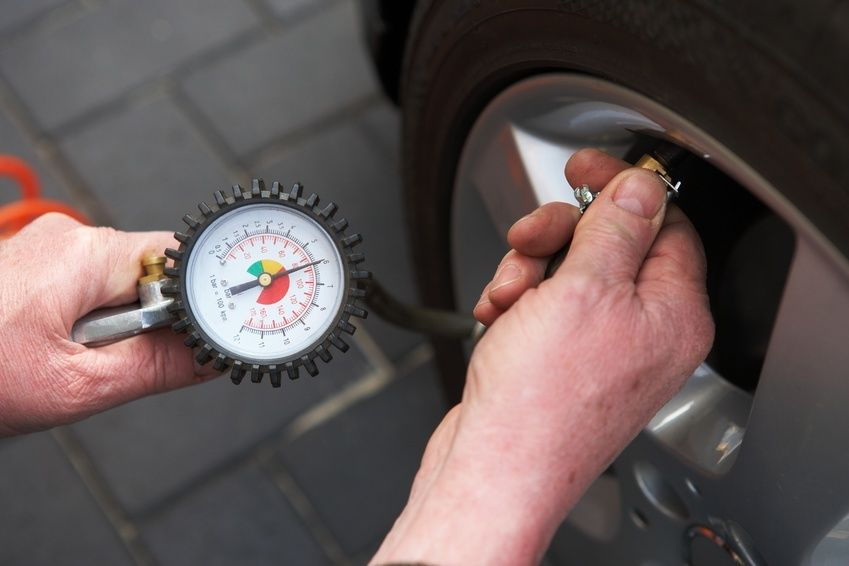
Step 3 - Replace struts
The ones installed may be worn or too stiff.
If your car came with the sport package you'll have stiffer struts from the factory. Replacing these with a softer strut/spring combo can help soften the ride to help remove the bouncy feeling. Unfortunately, due to the nature of the car there isn't too many options on the market to soften the suspension, but if you do have the sport package, you can swap to the ones that came on the car with that package.
Another more costly option is to switch to a set of nice coilovers. Coilovers can drastically improve the ride as they can be tailored to your preference. Almost all coilovers are rebuildable so that you can service them yourself and so you can adjust how they perform. The higher end options give you more benefits including things like externally adjustable ride quality, increased oil capacity to prevent fade, etc. In addition to being able to adjust the ride via the coilover, you'll get the option to adjust via the spring that comes on it as well.
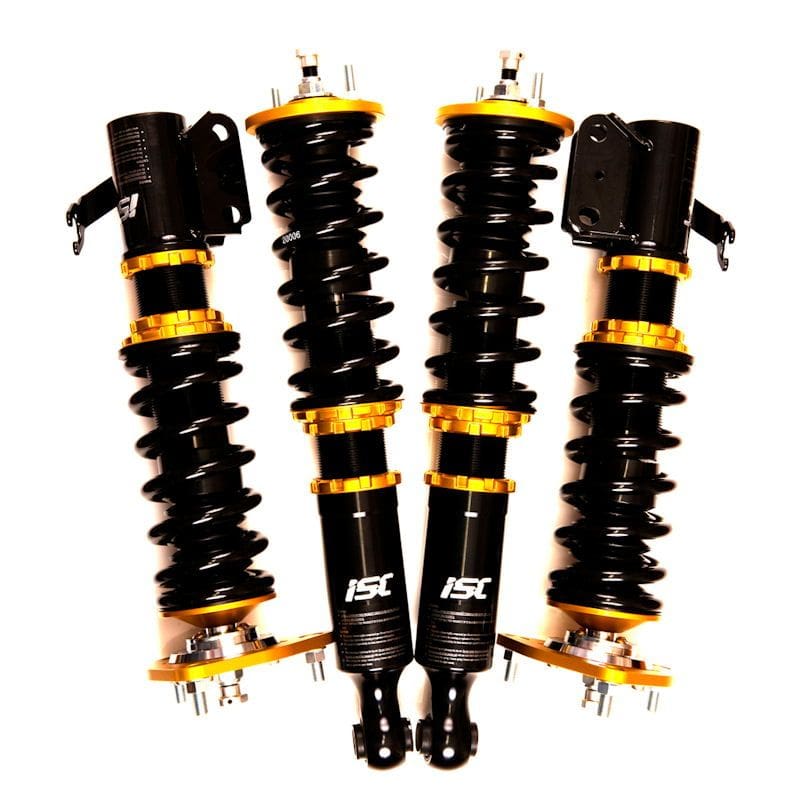
Step 4 - Replace tires
They may have too stiff of a sidewall or be too thin.
This is the most costly option on the list but is about the last thing you can do to improve the ride quality. As a general rule of thumb, a thin sidewall on a tire will lead to a rougher ride. Basically this means the same tire with the same overall dimensions on a 20" wheel will ride a lot worse than on a 17" wheel. By downsizing the wheel or going up in height on the tire, you'll gain more sidewall to help cushion the ride. In addition, sport tires will have a stiffer sidewall to prevent flexing in the corners so swapping to a more street friendly tire can also allow the sidewall to flex more to help absorb the road.

Related Discussion
- Bouncy air ride - Clublexus.com

